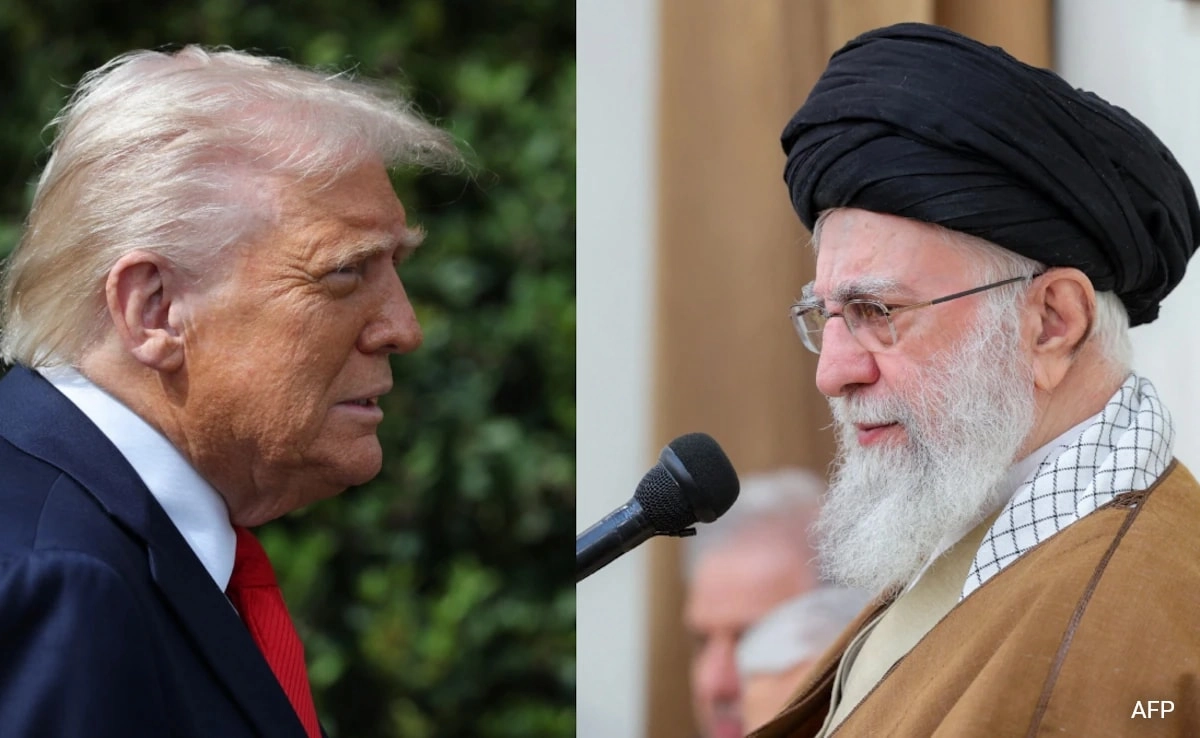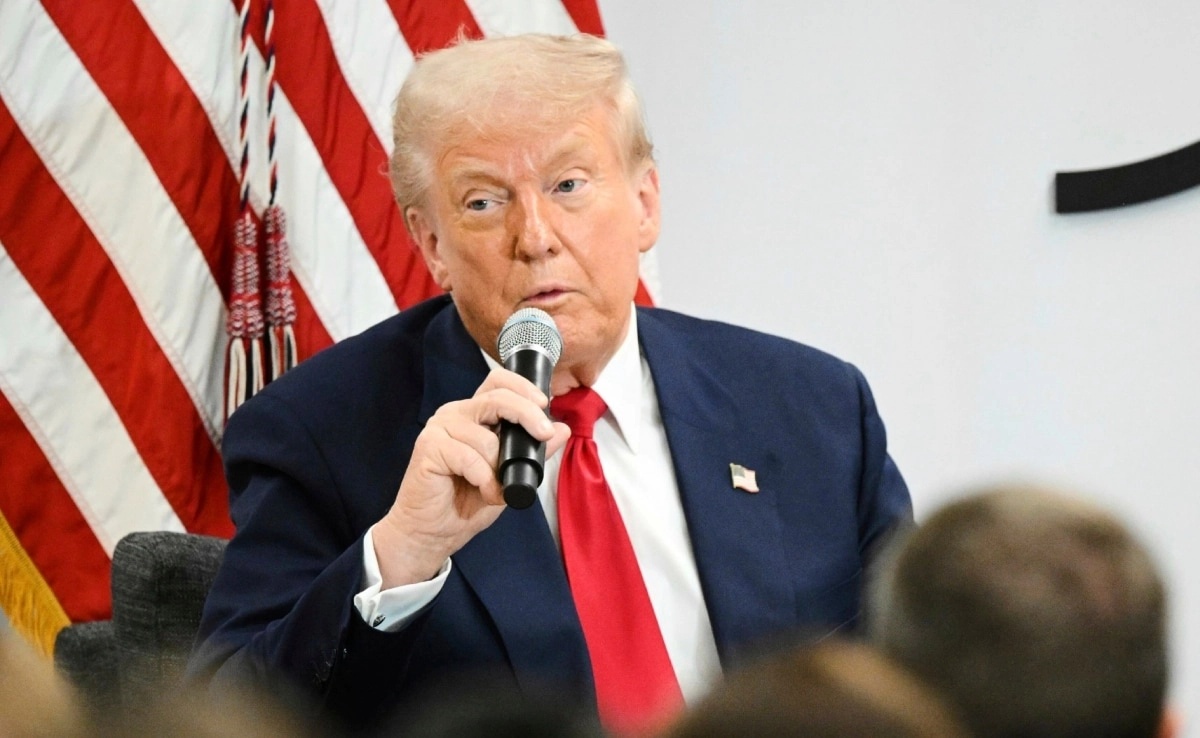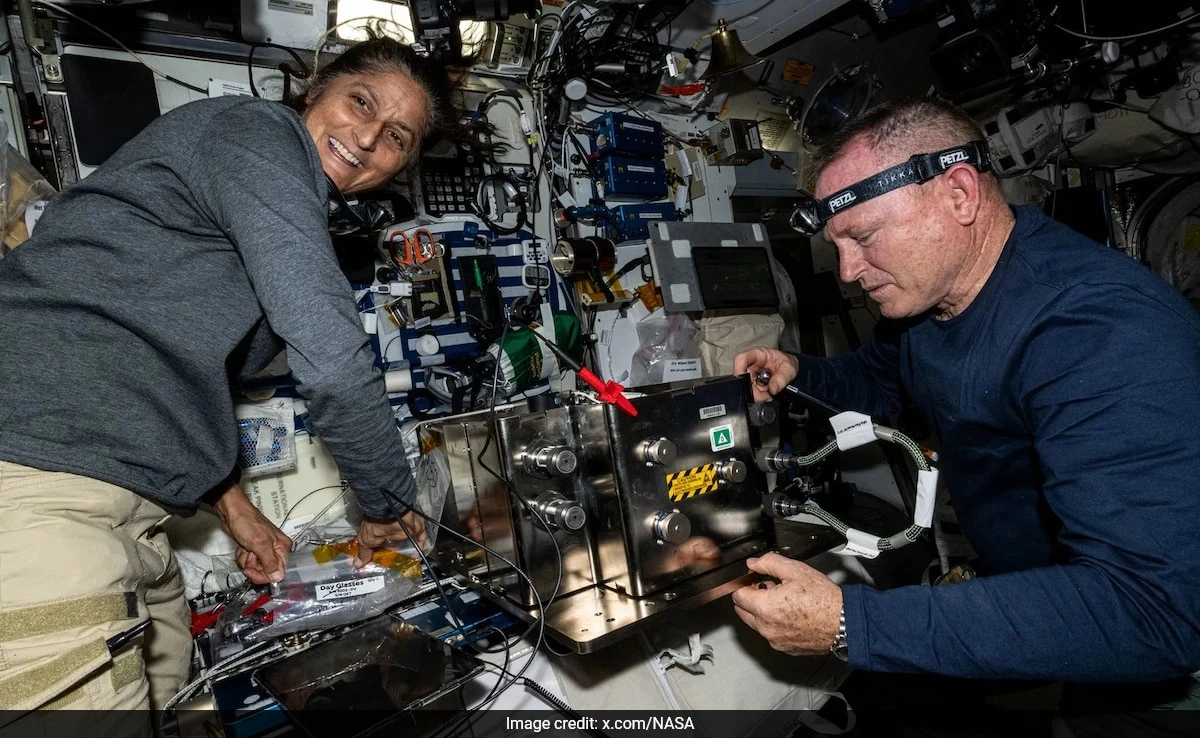Iran’s Supreme Leader, Ayatollah Ali Khamenei, has expressed his frustration with the demands put forth by former U.S. President Donald Trump, labeling them as “nonsense.” This sentiment reflects the growing tensions between Iran and the United States, particularly in light of the stalled negotiations surrounding the nuclear deal. Khamenei’s remarks underscore a significant shift in Iran’s diplomatic posture, as he indicated a reluctance to engage in future discussions under the current circumstances. The crux of his dissatisfaction appears to stem from what he perceives as unreasonable expectations from the U.S., which he believes undermine the possibility of productive dialogue.
Khamenei’s comments come at a time when international stakeholders are eagerly awaiting any signs of potential rapprochement between Iran and the U.S. The Joint Comprehensive Plan of Action (JCPOA), the landmark nuclear agreement that was abandoned by Trump in 2018, has been a focal point for negotiations. However, the complexities surrounding Iran’s nuclear ambitions, coupled with the heightened rhetoric from both sides, have made finding common ground increasingly challenging. Khamenei’s outright dismissal of Trump’s demands signals a hardening of Iran’s stance, suggesting that the Islamic Republic may be unwilling to compromise or engage in talks that do not align with its national interests.
The implications of Khamenei’s statements extend beyond Iran and the U.S., impacting regional dynamics and international relations. Allies of the U.S. in the Middle East, as well as other global players, are closely monitoring the situation, as any escalation could have far-reaching consequences. Khamenei’s frustration may also resonate with hardliners within Iran, who argue against any form of engagement with the West that could be perceived as capitulation. This internal political landscape complicates the prospects for future negotiations, as any potential concessions could face significant pushback from those who advocate for a more confrontational approach to U.S. policies.
In this context, the path forward for both Iran and the U.S. remains fraught with uncertainty. Khamenei’s deferral of future talks suggests that Iran may be adopting a wait-and-see approach, potentially looking for a change in leadership or policy in the U.S. that could facilitate a more favorable negotiating environment. The fallout from these developments will likely shape not only the future of U.S.-Iran relations but also the broader geopolitical landscape in the Middle East. As both sides navigate this complex terrain, the potential for dialogue may diminish further, leaving unresolved tensions that could escalate into more significant conflicts.




